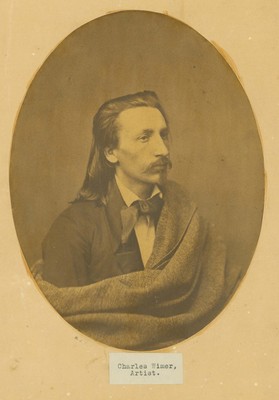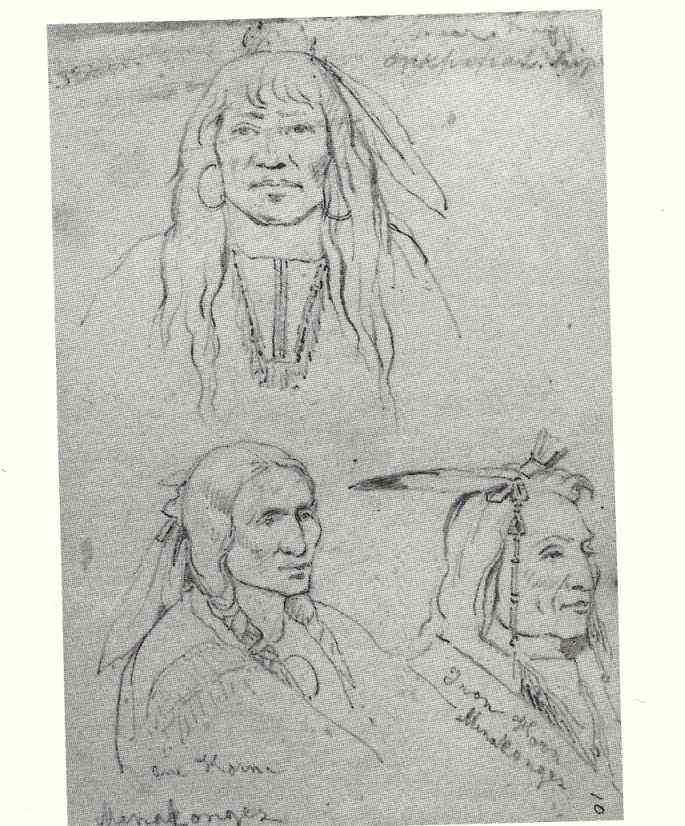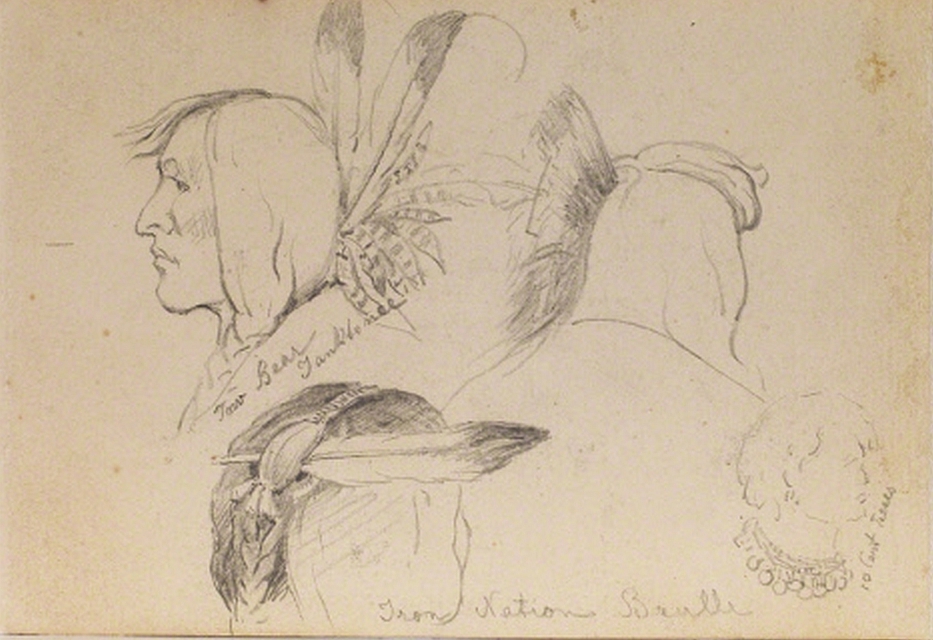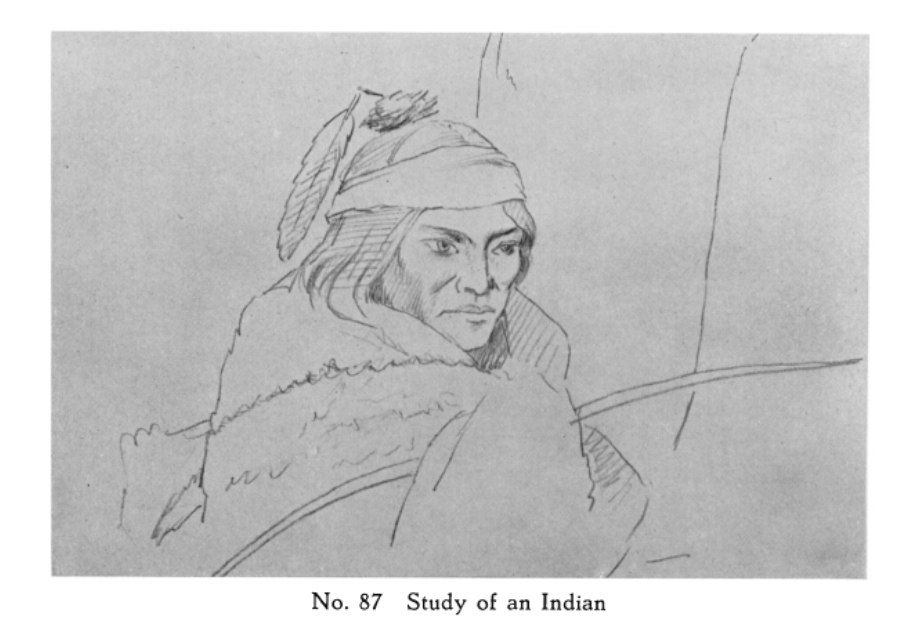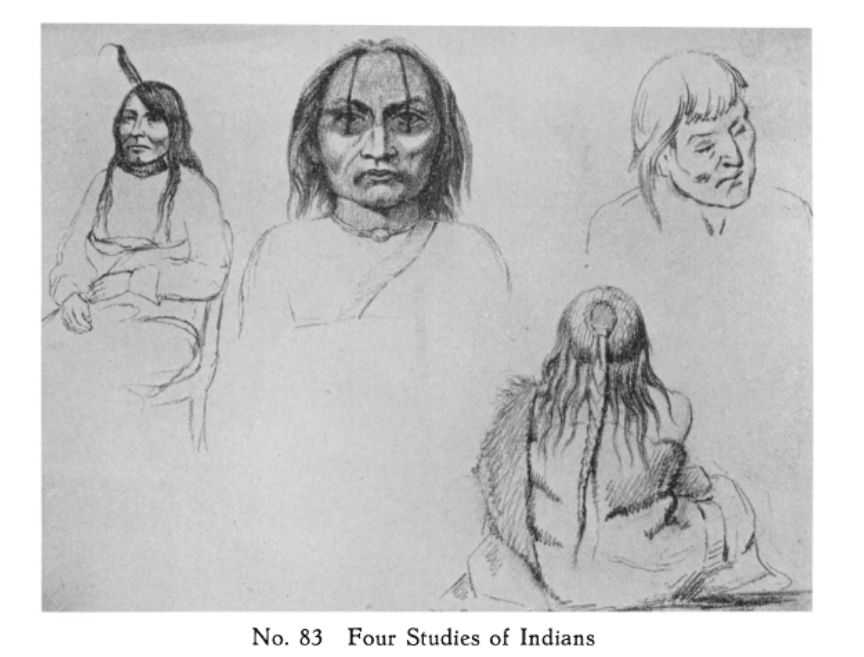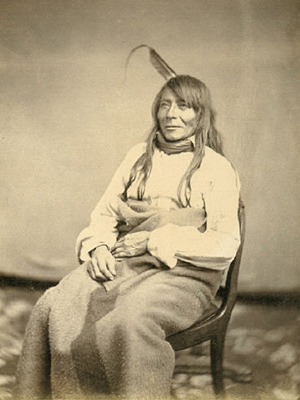Post by Dietmar on Dec 16, 2011 3:44:35 GMT -5
I´ve been interested for some time now in the works of artist Carl Wimar (aka Charles aka Carl Ferdinand Wimar), born in Siegburg, Germany. The best book you can get about him up to date is “Carl Wimar: Chronicler of the Missouri River" by Joseph D. Ketner, Angela L. Miller and Rick Stewart.
Wimar created some famous paintings, but of course for us here the most interesting pictures are his sketches of Indian leaders he took when he visited the Missouri River in the 1850s.
It would be great to collect some more of the portraits he sketched or painted.
Let´s start with two short biographies:
We already posted his portraits of Bear Ribs in another thread:
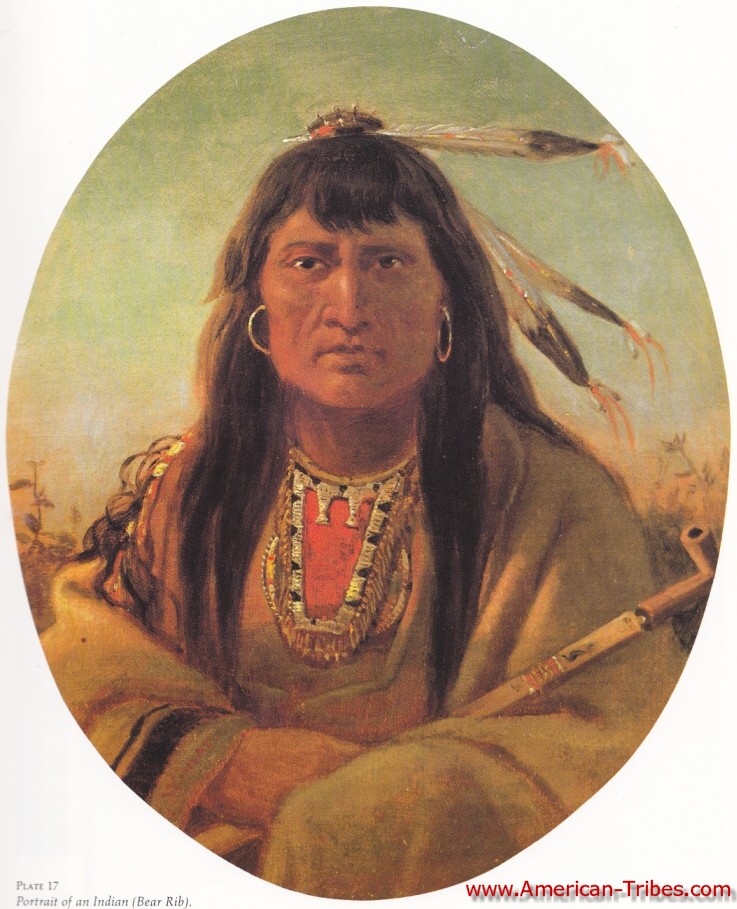
Bear Rib by Carl Wimar, around 1858
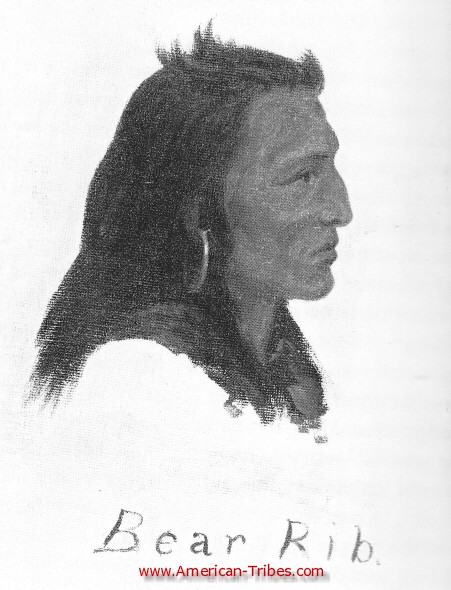
Bear Rib by Wimar, 1859
These are more sketches found on various art seller´s pages:
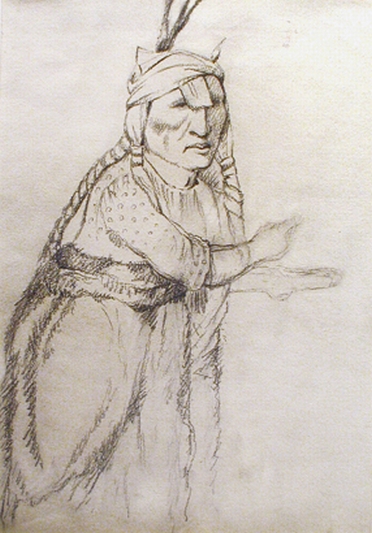
unidentified Indian woman, sketch
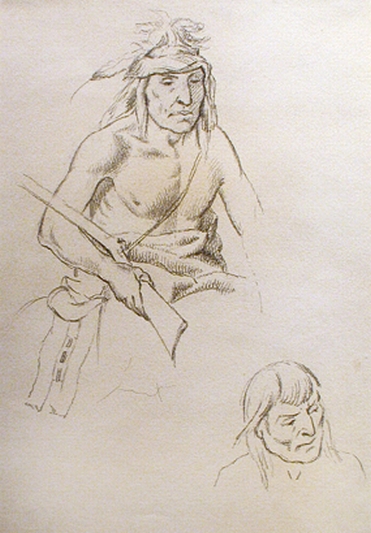
unidentified Indian, sketch
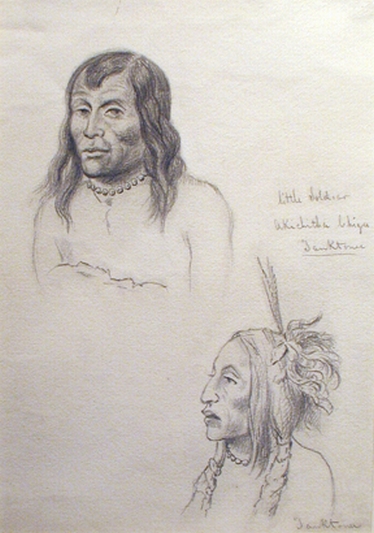
Little Soldier, Yanktonai & follower
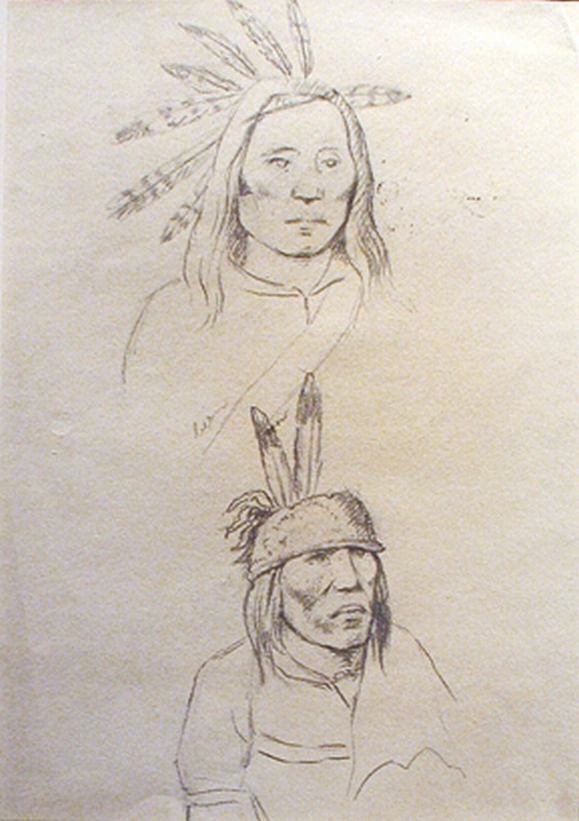
unidentified Indians
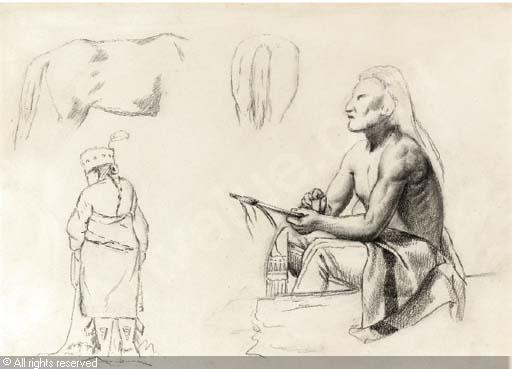
study of Indians and horses
…to be continued…
Wimar created some famous paintings, but of course for us here the most interesting pictures are his sketches of Indian leaders he took when he visited the Missouri River in the 1850s.
It would be great to collect some more of the portraits he sketched or painted.
Let´s start with two short biographies:
Carl Wimar
Carl Wimar was born in Germany. At the age of 15 he moved to St. Louis where he made friends with the Indians who traded furs there. Through these friendships Wimar decided to devote his life to painting and sketching the American Indian. He became a pupil of Leon de Pomarede, a St. Louis fresco painter. From 1852 to 1856, he studied art at the Academy in Dusseldorf. His goal was to learn to document the American Indian in pictures as Audubon had American wildlife. Since few Indians remained in St. Louis when he returned from Dusseldorf, Wimar made trips West to sketch and photograph them. The information he collected on these trips became source material for his later paintings. Wimar had a passionate interest in buffaloes. He sketched and painted them roaming free and being hunted by the Indians. His canvas, "The Buffalo Hunt," completed for the opening of the Western Academy of Art in St. Louis in 1860, was a great success and today is considered a masterpiece. In 1861, Henry Blow, president of the Western Academy of Art, commissioned a painting of the same subject for his home. This "Single Buffalo" pastel, also of 1861, may have been a preliminary study for another painting owned by Blow, "Indians Hunting Buffalo." Wimar was at the peak of his career in 1861 when he was commissioned to paint the dome of the St. Louis courthouse. This project was never realized. Carl Wimar died of consumption in 1862, leaving his few sketchbooks and paintings as documents of American Indian life and the buffalo that soon vanished from America's West.
collections.mohistory.org/search/node/71000
Wimar was born in Siegburg, Germany and began painting in oil at the age of twelve in Cologne. He emigrated to St. Louis, Missouri in 1843 with his mother and stepfather who had opened an inn. Wimar, having previously exhibited proficient artistic skills, became an apprentice to a local house and steamboat painter A. C. Wilgus. Unhappy with his training, the artist joined the studio of Leon Pomarede, a well-known painter who had some formal artistic training. In 1849, Wimar working with Pomarede completed Portrait of the Father of the Rivers, an extremely ambitious panorama of the Mississippi River. In preparation for this project, Pomarede and Wimar produced sketches from numerous steamboat trips up the Missouri River traveling as far as to the Falls of St. Anthony. Pomarede also completed works in oil depicting images of frontier subjects, including Native Americans and buffalo hunts. These themes would later become central to Wimar's paintings. After the completion of the panorama, Wimar set up his own studio in 1849 with fellow artist Edward Bonea, painting mainly portraits and genre subjects.
In 1852 Wimar decided to attend the Dusseldorf Academy in Germany, the leading art school at the time, to study with the famous history painter Emanuel Leutze. At the academy, Wimar produced historical works that focused on the conflict between Native Americans and the pioneers as well as dramatic images from the popular novels of James Fenimore Cooper. After four years of study, Wimar returned to St. Louis where he sought inspiration in the Great Plains and its people instead of relying on history, literature and art for his great works.
Soon after his return from Europe, Wimar in 1858 and 1859 embarked on two trips up the Missouri River travelling as far 2,300 miles up river, experiencing the wild frontier firsthand. From these travels Wimar produced an extraordinary collection of on site drawings and photographs of the landscape and people he observed in and around the environs of the Missouri River. These images were the basis for a body of epic works the artist executed soon after his travels. These paintings, as Rick Stewart states, "enabled [Wimar] to achieve legitimacy with his audience for the larger mythic paintings he created concerning the American West. At the same time, he was conscious of the importance of a timely subject." (R. Stewart, J.D. Ketner and A. L. Miller, Carl Wimar, Chronicler of the Missouri Frontier, New York, 1991, p. 168) The timely subject was the Seminole war chief, Holatamica (Billy Bolek), more commonly known as Billy Bowlegs.
www.fineoldart.com/browse_by_essay.html?essay=486
We already posted his portraits of Bear Ribs in another thread:

Bear Rib by Carl Wimar, around 1858

Bear Rib by Wimar, 1859
These are more sketches found on various art seller´s pages:

unidentified Indian woman, sketch

unidentified Indian, sketch

Little Soldier, Yanktonai & follower

unidentified Indians

study of Indians and horses
…to be continued…

